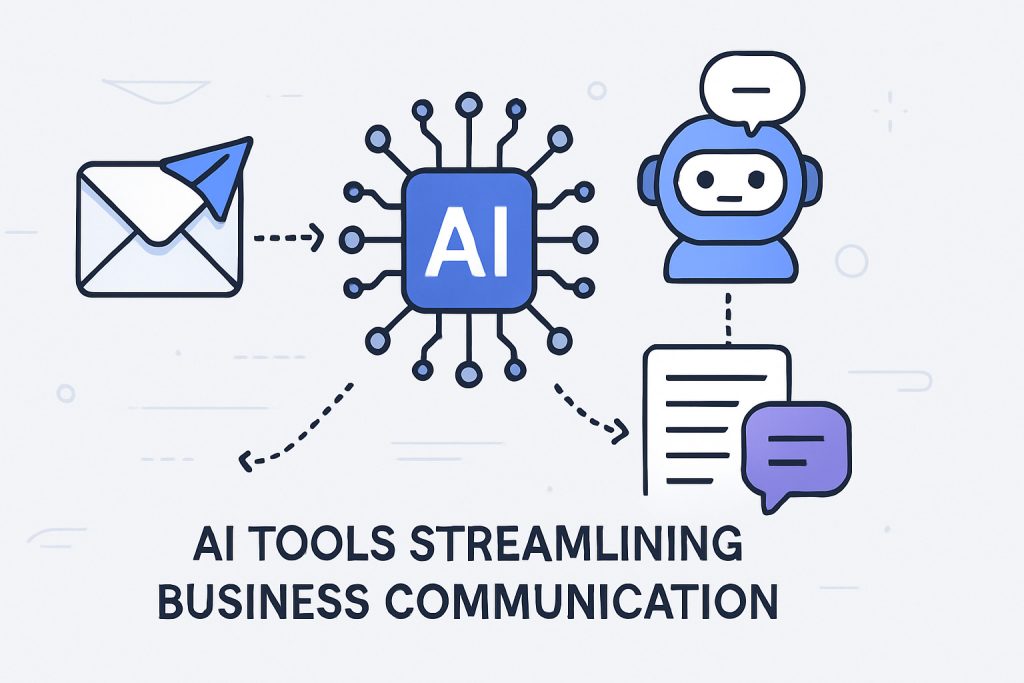Programmatic advertising uses real-time algorithms to buy and optimize media at the impression level. It removes manual guesswork, scales campaigns across channels, and redirects budget toward what performs. When growth demands efficiency and control, automation becomes the operating system for paid media, not just another tactic.
Why programmatic automation matters
Manual buying across exchanges is slow and inconsistent. Automation evaluates thousands of signals per auction, including context, device, location, creative, and historical performance, then bids accordingly. When aligned with the planning principles in The complete guide to digital advertising strategies that drive results, programmatic becomes the backbone that turns strategy into measurable scale.
The core building blocks
-
real-time bidding RTB. Bids are placed for each eligible impression in milliseconds, balancing price and predicted performance.
-
demand-side platforms DSPs. Centralize campaigns across exchanges and private marketplaces, standardize targeting, and unify reporting.
-
data layers. First party data, site behavior, and contextual signals inform audience models while respecting privacy constraints.
-
creative decisioning. Dynamic templates adapt messages to audience, placement, and stage of the funnel.
Data-driven audience strategy
Effective scale starts with clean data. Build segments that reflect real behavior and lifecycle stage, then let automation learn and adjust.
-
prospecting. Contextual and interest signals, modeled lookalikes, and in market segments.
-
consideration. Visitors who engaged with product pages, tool pages, and high intent blog content.
-
conversion. Cart abandoners, pricing viewers, and repeat purchasers.
-
loyalty. Recent buyers and high LTV cohorts for cross sell and upsell.
Map each segment to tailored creative and landing experiences. If search is the engine capturing immediate demand, the best results come when audience insights from How to create effective search engine advertising campaigns inform programmatic prospecting and retargeting sequences.
Sequential messaging that compounds results
Programmatic shines when creative tells a progressive story:
-
stage 1. lightweight awareness with short video, benefit led banners, and social proof snippets.
-
stage 2. consideration with feature callouts, comparisons, and use case carousels.
-
stage 3. conversion with offer clarity, FAQs, and objection handling.
-
stage 4. loyalty with post purchase education, referral nudges, and how to get more value content.
Use frequency caps per stage and per device. Rotate variants based on engagement decay rather than calendar cycles to keep performance fresh.
Privacy-first targeting that still performs
With identity signals changing, lean into methods that respect users and still drive outcomes:
-
contextual alignment. Match creative to the page topic and sentiment.
-
first party data. Consent based CRM audiences and site events.
-
modeled signals. Interest and in market categories aggregated at cohort level.
-
clean measurement. Server side tracking and consent aware analytics.
Measurement that guides real scaling
Chasing the cheapest CPM hides true cost. Anchor decisions to outcomes:
-
conversion rate by audience and placement
-
cost per incremental action based on lift versus holdout
-
blended CAC and marginal ROAS by channel pairings
-
path to conversion insights to see where programmatic assists other channels
Adopt a weekly rhythm. Refresh creatives, re rank audiences, rebalance budgets, and retire underperforming placements. Monthly, pressure test attribution against holdout or geo experiments.
Automation playbook for quick wins
-
start narrow. Two prospecting segments, one retargeting pool, and three creative concepts per stage.
-
codify rules. If CPA is greater than target by 25 percent for three days, reduce bid 15 percent. If ROAS is greater than goal for three days and frequency is less than 4, increase budget 20 percent.
-
dynamic creative. Auto insert product, category, or benefit blocks based on the last page viewed.
-
device splits. Separate mobile and desktop where conversion behavior differs.
-
creative pacing. Preload alternates and rotate on CTR or view through decay thresholds.
Where programmatic fits in your stack
Programmatic does not replace channels, it orchestrates them. It fills reach gaps above search and stabilizes performance when social costs fluctuate. For teams focused on lead capture from paid traffic, pair programmatic with Optinmonster review: powerful lead generation and conversion tool to convert more of the impressions already being funded.
Common pitfalls to avoid
-
set and forget bidding. Automation needs fresh constraints and feedback.
-
creative starvation. Too few variants limit learning and inflate frequency.
-
messy data. Inconsistent naming and events break optimization loops.
-
over attribution. Last click credit hides the assist value of upper funnel impressions.
Operational checklist
-
governance. Naming conventions, audience taxonomies, and pixel or event hygiene.
-
experimentation. One variable per test, two week minimum or until statistical power.
-
reporting. Weekly scorecard for ROAS, CPA, frequency, reach, overlap. Monthly deep dive for path analysis and incrementality.
-
scaling. Increase budgets in 15 to 25 percent steps. Do not double overnight unless capacity and CAC hold.
Programmatic advertising is how modern teams scale with control. It translates strategy into auction level decisions, learns from every impression, and reallocates spend to the combinations that win. Used alongside the structure in The complete guide to digital advertising strategies that drive results and informed by intent signals from How to create effective search engine advertising campaigns, it becomes a durable growth engine rather than a channel experiment.



